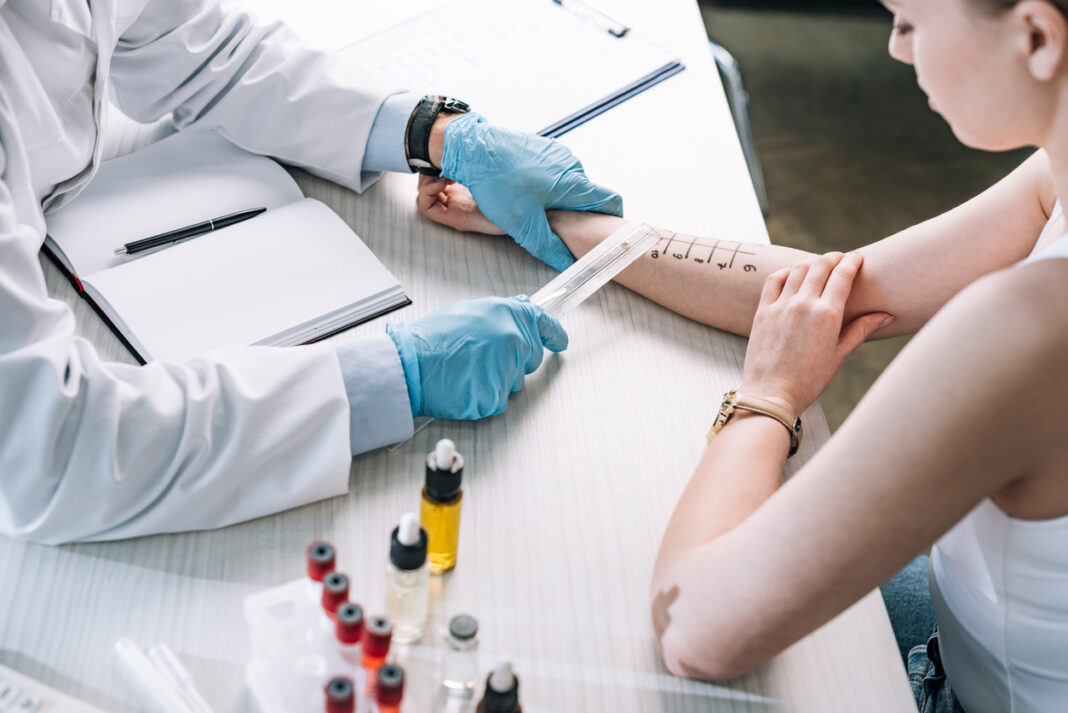Do you often find yourself scratching or breaking out in rashes without knowing why? Allergies can be baffling, with our immune systems sometimes reacting mysteriously to unknown substances. The key to unlocking this puzzle lies in skin or blood allergy tests. These tests can pinpoint the exact allergen causing your discomfort, leading to a tailored treatment plan.
Let’s dive into everything you need to know about skin allergy tests and how they can be your roadmap to allergy relief.
Decoding Skin Allergy Tests: Skin allergy tests are like detectives for your immune system. They expose your skin to tiny amounts of potential allergens and observe the reactions. These tests can diagnose various conditions, from hay fever and asthma to food allergies and more. The common symptoms prompting a skin allergy test include headaches, breathing difficulties, rashes, and nausea, among others.
When to Consider a Skin Allergy Test: Consider a skin allergy test if you notice persistent reactions or symptoms that could be allergy-related. However, not everyone is a candidate for these tests. If you have severe skin conditions, are highly sensitive to certain substances, or are on medication that might interfere with the results, your doctor might advise against it.
Types of Skin Allergy Tests:
- Skin Prick Test: This is where small amounts of allergens are introduced to your skin via pricks or punctures. It’s a quick way to identify allergies to pollen, foods, and more. Blogger Chay shared her experience, noting the detection of her allergies to seafood, latex, and bananas.
- Patch Test: This test helps identify contact dermatitis triggers. Allergens are applied via a patch on your skin for 48 hours to check for reactions.
- Intradermal Skin Test: Used when skin prick tests are inconclusive, this involves injecting allergens into the skin’s outer layer.
- Skin Sensitivity Test: Typically for cosmetic products, a small amount is applied to the skin to check for reactions.
Preparing for the Test: Preparation is key. Your doctor will review your medical history and symptoms. You might need to pause certain medications, like antihistamines, before the test to avoid skewed results.
The Testing Process: During the test, various allergens will be introduced to your skin. Positive reactions can include redness, itching, or raised bumps. The clinician will record these responses, and you might experience mild symptoms like itchy skin or watery eyes. Dr. Wong Soon Tee suggests that the prick test might cause a bit of discomfort and advises patients to expect some itching if sensitive to any allergens.
Post-Test Care: After the test, any marks or itching should fade within a few hours. Mild cortisone creams can help soothe any residual itching. If the results are inconclusive, further testing might be necessary.
Potential Risks and Side Effects: While generally safe, there is a small risk of anaphylaxis, especially with intradermal testing due to higher allergen concentrations. However, your healthcare provider will be prepared to manage severe reactions.
Final Thoughts: Skin allergy tests are a crucial step in identifying and managing allergies effectively. They are safe, minimally invasive, and can provide clarity on your allergic reactions, leading to more effective treatments. Remember, understanding your allergies is the first step towards better health and comfort.








